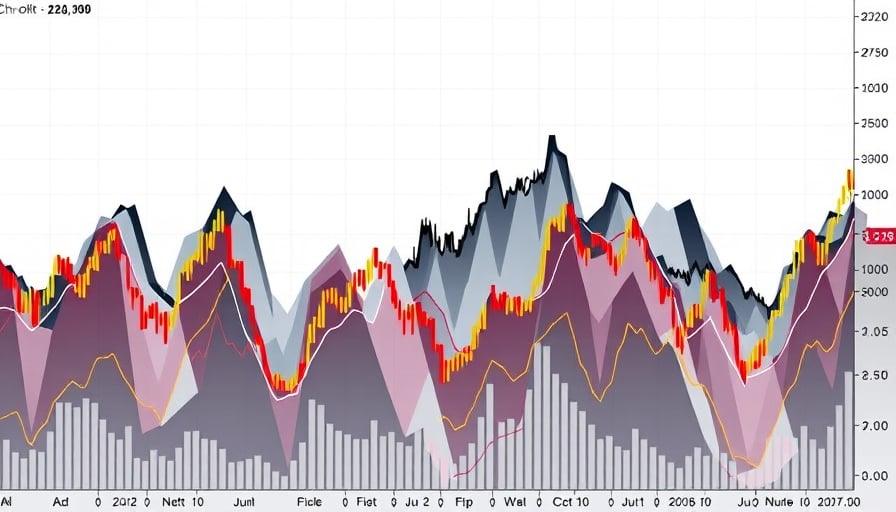Function X: A Micro‑Cap Outlier in an Unsettled Crypto Landscape
Function X, a low‑price digital asset listed in USD, closed at $0.213029 on 2025‑10‑21. Its 52‑week range has stretched from $0.372261 on 2025‑05‑14 to a deep trough of $0.0441382 on 2025‑04‑08, underscoring its extreme volatility. The asset’s price trajectory remains largely detached from the broader market narratives that currently dominate headlines: Bitcoin’s tentative slide below the $100,000 threshold, the strategic alliance between Siemens, B2C2, and JPMorgan’s blockchain FX platform, and Japan’s export rebound amid U.S. trade friction.
Bitcoin’s Near‑Breakdown and the Broader Sentiment
Standard Chartered’s recent analysis of Bitcoin suggests the cryptocurrency may dip past $100,000—an event that could signal a “last” low before a new rally. While Bitcoin’s volatility has historically acted as a barometer for the entire crypto ecosystem, Function X’s price movements have shown no clear correlation to the Bitcoin cycle. The asset’s value appears to be driven more by micro‑cap dynamics—such as thin liquidity, speculative retail interest, and short‑term technical trading—than by macro‑level sentiment shifts. Consequently, investors who focus on Bitcoin’s price action may overlook Function X’s own idiosyncratic risk profile.
JPMorgan’s FX Platform: A Sign of Institutional Integration
Siemens and B2C2’s adoption of JPMorgan’s Kinexys blockchain FX platform highlights an accelerating trend of institutional players seeking real‑time, cross‑border foreign‑exchange execution. Although Function X operates in a different sub‑domain—cryptocurrency trading rather than FX—its existence within the same broader financial ecosystem cannot be dismissed. The platform’s ability to reduce settlement times and enhance transparency may indirectly influence the overall crypto market infrastructure. If institutions continue to migrate towards blockchain‑based FX, the demand for complementary crypto assets, including Function X, could grow as part of integrated digital‑asset portfolios.
Japan’s Export Recovery and Its Indirect Implications
Japan’s 4.2 % rebound in September exports, driven largely by semiconductor shipments, juxtaposed with a sharp decline in vehicle exports to the United States, reflects a shifting trade dynamic. While this development is largely unrelated to Function X, it illustrates how global economic currents—particularly those tied to technology and manufacturing—can ripple through the digital‑asset space. Rising demand for semiconductors may boost industrial and consumer spending, potentially fostering a more favorable macro‑economic backdrop for risk‑taking in digital assets, including Function X. Conversely, trade frictions could dampen confidence in cross‑border transactions, a factor that would weigh on the liquidity of micro‑cap cryptocurrencies.
What This Means for Function X Investors
- Decoupling from Bitcoin – Function X’s price action remains largely independent of Bitcoin’s cycle; investors must assess risk on its own terms.
- Institutional Momentum – The growing institutional appetite for blockchain‑enabled FX services could create ancillary demand for diversified crypto offerings, offering Function X an indirect upside.
- Macro‑Economic Signals – Japan’s export recovery signals resilience in tech sectors, potentially fostering a broader risk‑on environment that could benefit all digital assets.
In conclusion, while the headlines of October 2025 focus on Bitcoin’s tentative decline, JPMorgan’s blockchain FX expansion, and Japan’s trade rebound, Function X’s performance hinges on its own micro‑cap mechanics. Investors should weigh these fundamental characteristics against the backdrop of an evolving institutional landscape and global economic shifts, recognizing that the asset’s trajectory may diverge sharply from the dominant narratives shaping the crypto market today.
